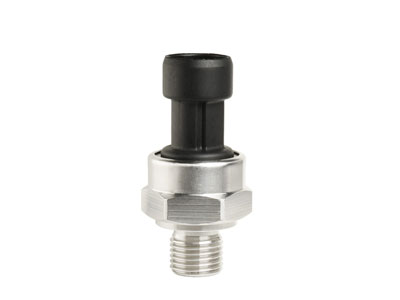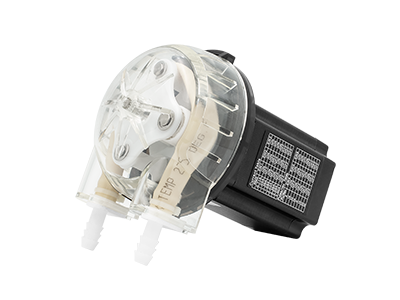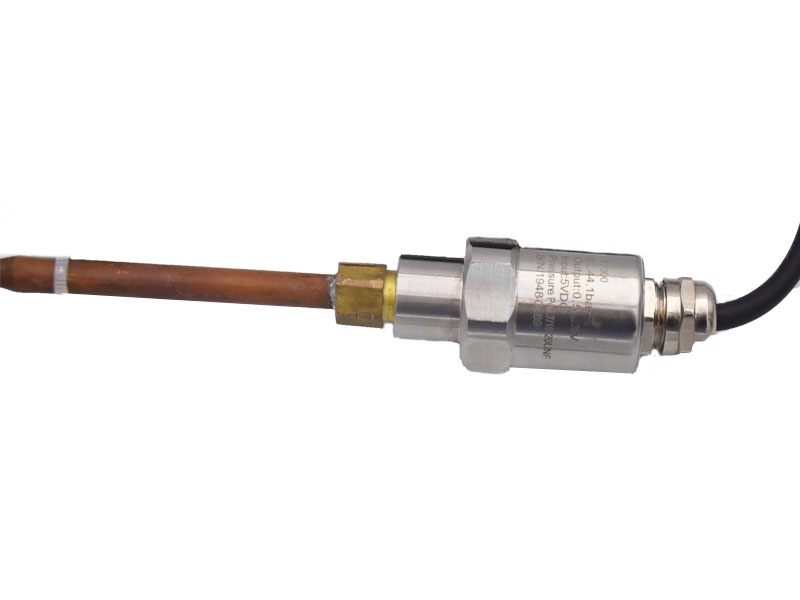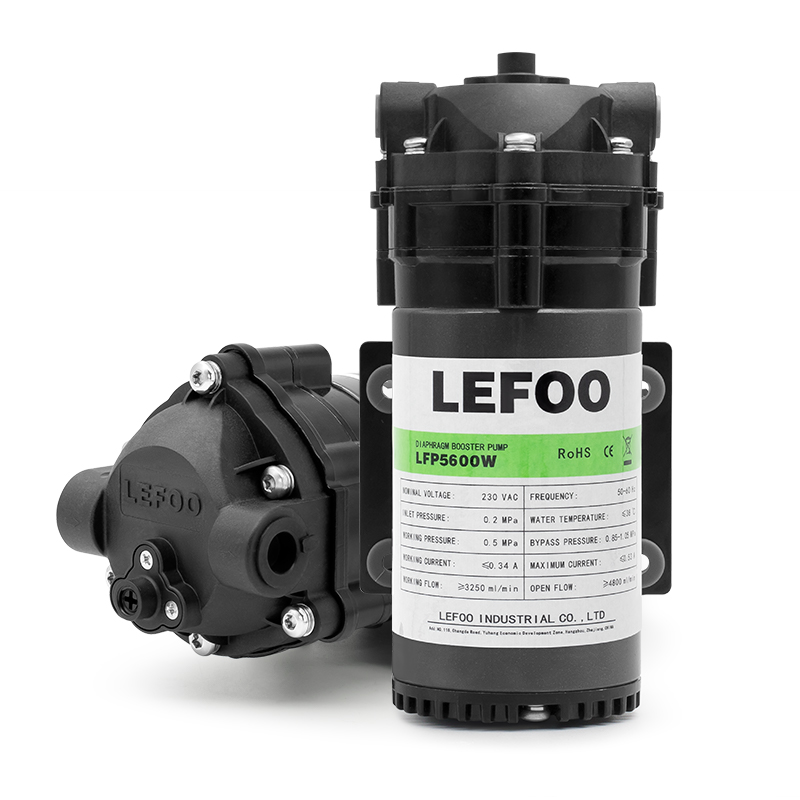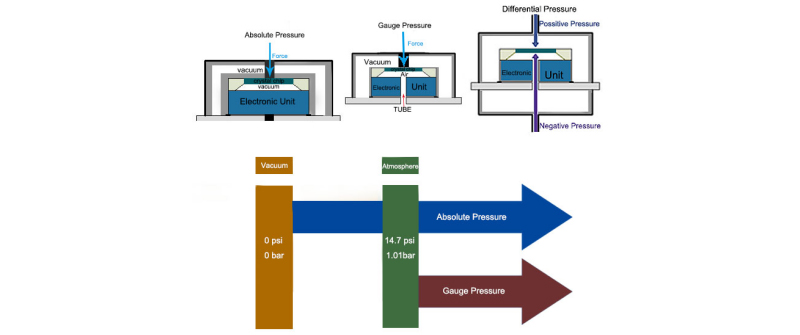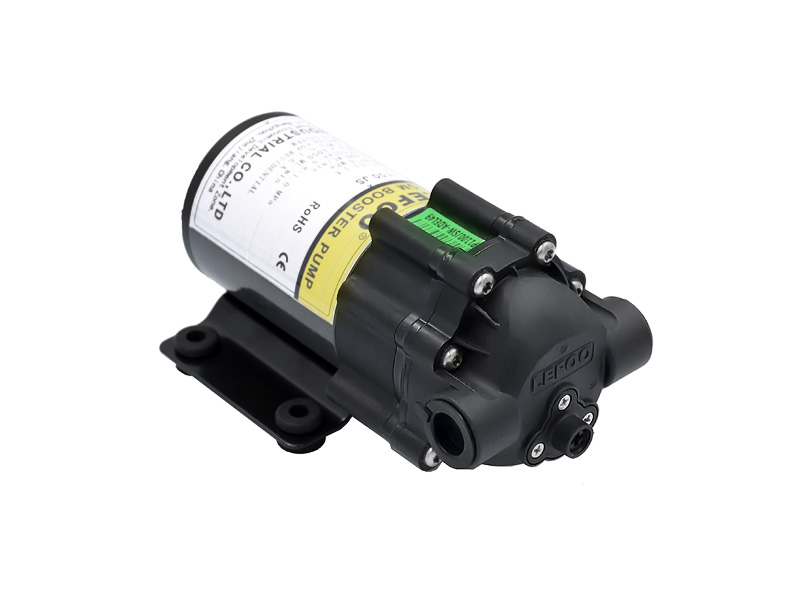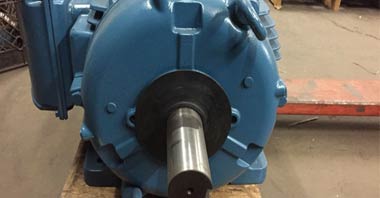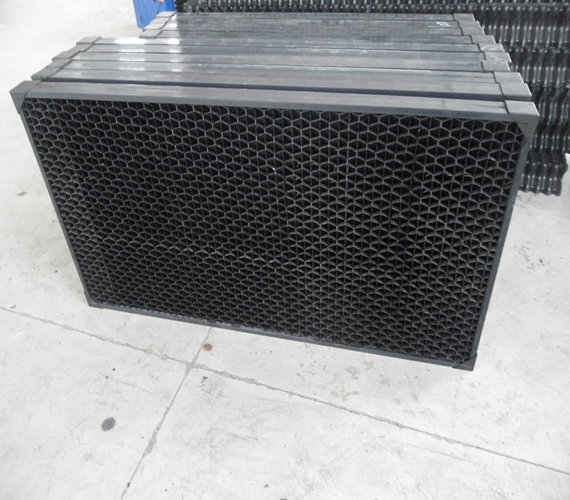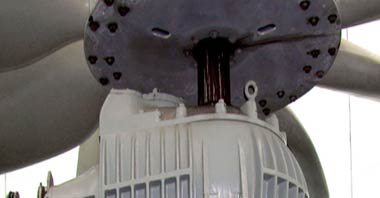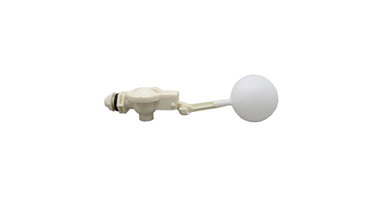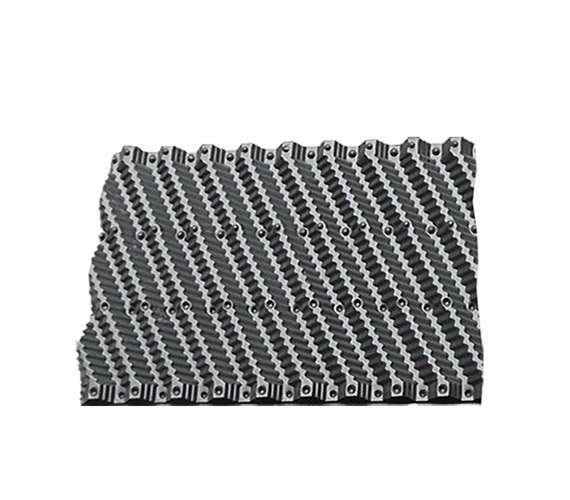REFRIGERATION PRESSURE SENSOR
Refrigeration Pressure Transducer
Pressure Type: Gauge
Working temperature: -40~120°C
Protection Level: IP67
Pressure Accuracy: 0.8% FSO
REFRIGERATION PRESSURE SENSORAND REFRIGERATION SYSTEM
Refrigeration pressure sensors are essential measurement device in controlling the refrigeration system in today's cold chain operating. Refrigeration systems often encounter with latent facility faults and inefficient temperature management. These problems can result in high energy costs and shorter machine lifespan. Compressors, air fans, and defrost operations in refrigeration systems take the highest percentage of energy use in whole Refrigeration system. Larger units employ complex control systems to optimize working times and reduce electricity costs. The electricity price per unit in many countries is proportional to the electric range, while commercial electricity and industrial electricity have a higher unit price than that of civil electricity.
All Refrigerant equipment share the same theory of refrigeration circuit. Four steps are required to implement the refrigeration circuit step 1:Refrigerant refrigerant enters the compressor and becomes high-temperature high-pressure vapor or gas. 2.The gas enters the condenser where excess heat is rejected by imported ambient cooler air over the tubes and transformed into a high-pressure liquid with lower temperature. 3.The high-pressure refrigerant passes through a service valve which controls the amount of the flow, flow tube, and filter of drier to excess extra moisture, and a metering device where it undergoes a rapid reduction in pressure and the refrigerant starting convert back to vapor and undergoes a large drop in temperature. 4.The cold vapor arrives in the evaporator where it absorbs and chills warming ambient air which maintains the temperature in a storage room. When refrigeration circuit is applied on a Commercial large-scale cold storage, water rather than air is circle around the evaporator.
Commonly pressure transducer sensor is placed at two positions in the refrigeration system. The first is on the outlet viper line of the evaporator, which is also close to the compressor inlet. That refrigeration pressure transducer sensor, together with a temperature sensor measuring pressure and generate data for the system pressure controller, the controller classifies the fans, controls the expansion valves in many systems. The second refrigeration pressure transducer sensor is on the discharge line of the compressor. Here we introduce some principles of refrigeration.
Most large refrigeration systems employ two refrigeration pressure transducer sensors in both locations. Commercial large-scale cold storage needs a huge amount of refrigerant, and the physical size of the compressor gets bigger and electricity cost becomes significant.
Compressors in supermarket refrigeration systems are black-colored heavy equipment located bottom of the freezers with evaporators and fans that blow freezing air. Supermarket refrigeration systems typically import compressors and evaporators with different temperature ranges. Freezing-temperature for packaged seafood and dumplings, and a low-temperature system for the beverage and fresh meat, and cool temperature for vegetables and fruits. Large-scale supermarkets can have parallel refrigerating systems operating at multiple temperatures and differential pressures. These systems have separated manifolds that share the outlets of the compressors that sustain pressure at a set level. And the end evaporators freezing the different food cases at different temperatures. The refrigeration control system uses pressure sensors as an integral part of that system to control the pressure and thereby overheating and over chilling in the refrigerant circuit.
.Some evaporators in large supermarket that use chilled water typically are called the rooftop chillers. In rooftop chillers, there are extra pressure sensors used to control the pumps that distribute chilling water.
The refrigeration system runs at the wanted temperature until cut off by the thermostat switch,which pending by the rating of temperature controller of the fan-forced air around the evaporator.
But one pressure sensor may enough for a small refrigeration system. The most critical location is on the suction side of the compressor.
These systems use a switch to sense the amount of pressure in the system. Insufficient pressure indicates there has been a refrigerant leak that may lead to an overheated compressor and possible damage.
Stainless steel is the only material touching the refrigerant and most of the pressure sensors have applied stainless steel housing. Most refrigeration pressure sensors are built using ceramic-capacitive with piezo-resistive foil technology. The sensing element in ceramic-capacitive sensors consists of a ceramic body bonded to a thin diaphragm. As pressure is applied to the diaphragm, it deflects and reduces the spacing between the plates of the capacitors, thus boosting the capacitance of the sensing capacitor. Due to the lower power consumption of silicon material sensors, the application of new silicon chips has become more and more popular in recent years.
Wheatstone-bridge is applied between two steel shell and a rippled foil. When The foil bulges under pressure, unbalancing the Wheatstone-bridge, the bridge generating signal values according to the pressure. Because the temperature change will cause the measurement accuracy of the Wheatstone circuit to fluctuate, thereby causing errors in each range, the sensor will have a temperature compensation circuit to correct these error values
A TYPICAL REFRIGERATION CYCLE
What happens during a typical refrigeration cycle, and when do the refrigeration pressure sensor works
Step 1: Beginning at the compressor, the refrigerant is compressed and leaves the compressor as a high temperature, high-pressure gas.
Step 2: The hot refrigerant enters the condenser, where it is cooled by fan-forced air; then the refrigerant leaves the condenser as a warm liquid and continues on to the thermal expansion valve.
Step 3: The expansion valve meters the proper amount of refrigerant into the evaporator.
Step 4: The sudden pressure drop after the expansion valve converts the high-pressure warm liquid refrigerant into a low-pressure, cold gas. The cold gas absorbs ambient heat from fan-forced air passing through the evaporator. This ambient heat converts the refrigerant into a cool dry gas. From here the refrigerant reenters the compressor to be pressurized again, and the cycle repeats.
HOW THE PRESSURE TRANSMITTERS WORK
Pressure transmitters are used on the high-pressure side and low-pressure side of the compressor to control and optimize the cycle. A LEFOO pressure transmitter located at or near the compressor outlet detects a low refrigerant charge by monitoring the compressor’s discharge of pressure and temperature.
Output signals from the pressure transmitter are sent to a PLC. When a high discharge temperature with a low discharge pressure is detected, the PLC provides a low charge signal. The PLC can also receive additional input about operating characteristics of the refrigeration system, providing a more accurate low charge signal. The PLC is connected to a warning indicator and/or compressor so that the low charge signal activates the indicator and/or deactivates the compressor.
POTENTIAL PROBLEMS
Refrigeration systems often suffer from hidden equipment faults and inefficient controls. Undetected problems in a refrigeration system can result in high energy costs and shorter equipment life. By installing the proper monitoring equipment and adopting an efficient control strategy, costly problems such as these can be prevented:
If one of the filters becomes clogged, the restricted flow will create a pressure drop in the system, reducing efficiency and leading to unnecessary costs. Suction line filters keep the refrigerant clean and protect the compressor from taking in debris.
Hidden refrigerant leaks can eventually lead to a low refrigerant charge. A low charge can lessen efficiency and add to annual operating costs. Repairing leaks can remarkably boost performance.
In many refrigeration systems, head pressure stays at a fixed level to assure reliability over a wide range of temperatures. This also assists in maintaining sufficient refrigerant flow, freeze protection for the condenser, and an adequate pressure difference across expansion valves.
USING PRESSURE TRANSDUCERS TO MINIMIZE SUPERHEAT IN AIR CONDITIONING AND REFRIGERATION SYSTEMS
Refrigeration Pressure Sensor
PRESSURE TRANSMITTER SELECTION CONSIDERATIONS:
High accuracy
High repeatability
Compatibility with refrigerants
Condensation proof
LEFOO provide low cost pressure sensor, differential air pressure sensor, pressure differential monitor, peristaltic pump, etc. Contact us to know more.
Отправить запрос, связаться с поставщиком
Другие товары поставщика
| LEFOO STEPPER MOTOR PERISTALTIC PUMP | LEFOO STEPPER MOTOR PERISTALTIC PUMP Peristaltic pumps are very popular fluid transfer equipment with a wide range of applications. Peristaltic pu... | |
| Refrigeration Pressure Sensor LFT2610 | Refrigeration pressure sensorLFT2610 is low-cost pressure transducer of high stablilty and reliability. Designed for both civil and industrial purp... | |
| Lefoo 115VAC RO Diaphragm Booster Pump | Low vibration and low noise, self-priming and stable pressure feeding, LEFOO 115VAC RO Diaphragm booster pump are ideal for indoor RO system applic... | |
| PRESSURE TRANSMITTER | PRESSURE TRANSMITTER A Pressure Transmitter is a device that produces an output electrical signal (ma or microvolt) that varies with the pressure ... | |
| Reverse Osmosis Pump 100 gpd | The Reverse Osmosis Pump 100-gpd is a device forcing the filtered water from the half-processed water chamber through a semi-permeable membrane to ... |
Похожие товары
| Cooling Tower Motor | Продавец: Zhejiang Aoshuai Refrigeration Co., Ltd | Cooling tower motoris a new type of energy-saving and environmental protection improved motor, wi... | |
| Cooling Tower Air Inlet Louver For Mesan | Продавец: Zhejiang Aoshuai Refrigeration Co., Ltd | The sectional louver made from light-weight corrosion-free PVC sections offers easy access to col... | |
| Cooling Tower Gearbox | Продавец: Zhejiang Aoshuai Refrigeration Co., Ltd | The gear reducer is designed as a kind of reduction equipment of a cooling tower, which is genera... | |
| Cooling Tower Float Ball | Продавец: Zhejiang Aoshuai Refrigeration Co., Ltd | The cooling tower float ball, also called the float valve, is designed at the bottom of the pool.... | |
| Cooling Tower Filling For Gea | Продавец: Zhejiang Aoshuai Refrigeration Co., Ltd | GEA filling is made of corrugated PVC sheet, which can obtain maximum strength by solvent welding... |









